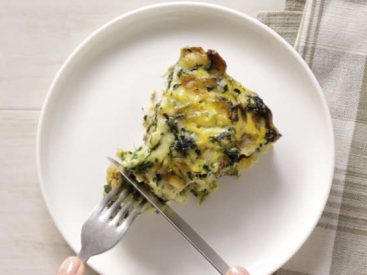We throw out £2.1bn-worth of fresh fruit and veg each year because it’s mouldy, gone soft or is out of date Use your fridge and freezer About £2.1bn-worth of fresh fruit and vegetables is thrown away in UK homes each year because it has gone soft, mouldy or is […]
Delicious!
Delicious!



